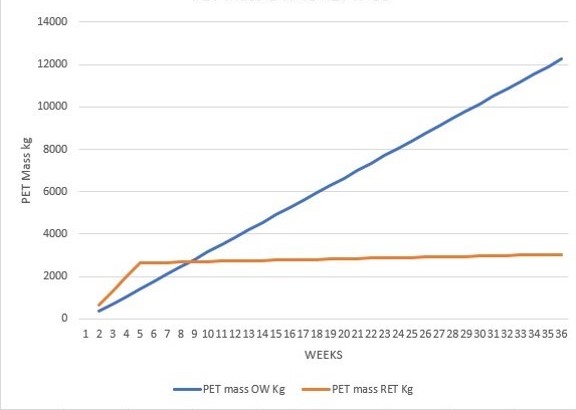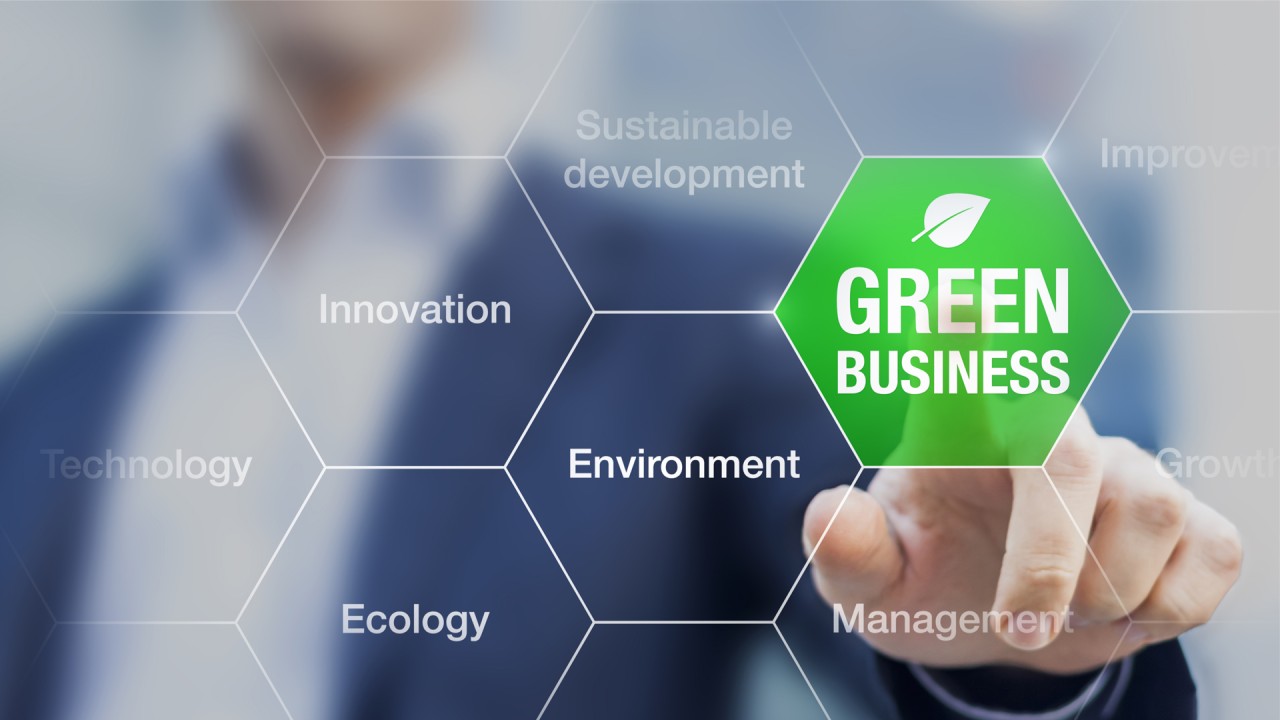Corporate sustainability has always been a topic that has occupied centre stage. It is of particularly relevance for companies operating in the manufacturing sector who have always reserved a solid commitment towards it.
The economy offers significant development opportunities thanks to the use of sustainable or eco-friendly innovation. On the other hand, the question on everyone’s lips is: at what point does innovation become sustainable?
According to numerous studies and researches, this happens when the criteria for measuring the environmental performance of producers exist. This urge us to consider the entire lifecycle of the products and services offered, thus creating both a more transparent communication and a more sophisticated request from the consumers.
There are two main spheres within an entrepreneurial organization where the concept of corporate sustainability can find its correct place. A more institutional sphere and one related to the rationalization of production processes, the reduction of waste and the improvement of design efficiency.
Corporate sustainability in CFT Group
From all these points of view, CFT Group has made a firm commitment to pursuing its social and revenue objectives. A view to corporate sustainability, including a proposal to reduce the emissions of its plants, is the instrument to ensure the conservation and protection of the environment in which we operate. The aim is an ongoing improvement of the performances, while minimizing the environmental risks associated with the activities carried out and the products / services provided.
Among the activities that our company carried out we find:
- A geothermal system inside the new headquarters that allows the production of hot water for heating in winter and for sanitary purposes in addition to the possibility of having cold water in the summer to cool the rooms.
- Still about renewable energies, the Group headquarters has been equipped with many solar panels and has recently introduced specific charging stations for electric vehicles.
- The company restaurant, one of the most shared spaces within the headquarters, has seen a series of measures implemented to aim at reducing waste and using increasingly popular eco-compatible materials. In addition, an effective separate collection system has been implemented.
- The adoption of bins for used batteries present on each floor of the company.
- The “box for ideas” initiative, where all employees can suggest good “sustainability causes” for the community and local area.
It is important to remember that our commitment is not only focused on the environment where the company operates, but also extends to the well-being of the people who are part of the local community.
This includes multiple acts of charity including the collection of clothing for under privileged children, donations of vouchers for the purchase of toys for the city’s paediatric oncology department and further donations to various associations, through the purchase of specific products.
Moreover, we are participating in the redevelopment project of the Parma-North production area, with the aim of creating an industrial park with an eco-district content of reference for the city of Parma.
Sustainability of the production processes
In addition to be a structured organization made up of socially committed people, CFT Group is also a company that deals with manufacturing.
In this regard, it is possible to discuss how the issue of corporate sustainability in CFT Group has been addressed also with a focus on internal production processes, regarding the technologies related to Packaging.
Packaging – whether single-trip or reusable – plays a crucial role in protecting goods, preventing damage during transport and offering safe storage from the elements, vibrations, drop and compression. It also provides the opportunity to communicate information to a customer regarding the product’s contents – whether promotional, factual or mandated by law, as well as providing product security making items more tamper-resistant.
Before going more into the concerned study, we must say that the realization of a paper or an article focusing on corporate sustainability is not an easy process. It must be carried out by following a standard procedure (LCA), based on a series of impact factors that must necessarily be taken into account and whose measurements cannot be separated from a specific context.
Life cycle assessment
The Life cycle assessment (LCA) is a technique that quantifies the environmental impacts of a product or system. Typically, it considers every aspect from the winning and conversion of raw materials, through manufacturing of products, distribution, use and finally management of wastes. Lots of LCA studies have been performed to evaluate and compare reusable packaging systems and equivalent single-trip packaging solutions. A structured and reasoned review of these existing studies was made in order to identify key trends.
The study
The study, carried out by some of the major bottled mineral water producers in the USA, has been realized on the basis of a LCA procedure to determine if the returnable PET 4 gal. bottle can be considered more sustainable than the single-trip PET bottle and the commonly used HDPE one.
Some critical impact factors involving bottle design and blowing process were identified and taken into consideration for this analysis.
It is in this context that SIAPI, the CFT Group’s company specialized in offering blow-molding solutions, cooperated to find the best design and process solution to meet the required values for the specified impact factors. We were asked to:
- Maximize n (number of cycles) reaching n>=25
- Minimize rejection rate reaching Sr<=2{46ec2a3493715af7728c32a403f8e2e213c1486a2b6674762cf12f27ee9af20a}
During the tests, the main reasons that cause a returnable bottle life to decrease were identified in:
- Surface damages due to handling and washing cycles.
- Damages due to shocks during transport.
- Handle detachment.
Surface damaging due to handling and washing cycles
To minimize the visual impact of scratches resulting from contact with other bottles during handling and washing some design improvement were made:
- higher number and dimension of the ribs.
- addition of a texture on the contact surfaces to reduce the visual impact of scratches.
Surface damaging due to handling and washing cycles
To minimize the bottles to be rejected due to damages from shocks during handling and transportation some process improvements were implemented such as material distribution studied and improved in critical areas (bottom and ribs area) via FEM analysis and proper blowing process.
Minimizing the spoilage rate
Improving handle insertion in the bottle body
SIAPI developed and patented the two following applications:
- Preform Stretch Booster (PSB): Preblowing – Prestretching phase for heavy preforms that allows optimized stretching performance, defined textures and controlled material distribution.
- HandleMatic: Automatic insertion of the handle in the mold before the blowing phase. The handle is encapsulated in the bottle wall, not only inserted.
Avoiding handle detachment
SIAPI is also cooperating with the major handle producers to improve the handle performances in order to avoid the handle detachment. The first results are the optimized hook design, the increase of hooks number from 2 to 3 and a revised handle design.
Final results
The final goal was to reach n>=25.
Thanks to the above-mentioned activities we are currently blowing bottles and are able to reach at least n=30.
Comparison between single trip and returnable bottles
Kg of PET used per 1000 BOTTLE/WEEK
N=30
Sr=2{46ec2a3493715af7728c32a403f8e2e213c1486a2b6674762cf12f27ee9af20a}
Bottle weight:
OW 350 g
RET 650 g

Future goals
After these tests, our R&D Team wants to reach the following targets, always taking into consideration their calculation and the same impact factors:
- Reduced weight: a returnable PET bottle weights 650 g while a single-trip PET bottle weights 350 g
- Usage of recycled PET: recycled PET use in big formats is difficult due to reduced elasticity. PSB allows to stretch recycled PET
- Increased n: new goal is n=40
